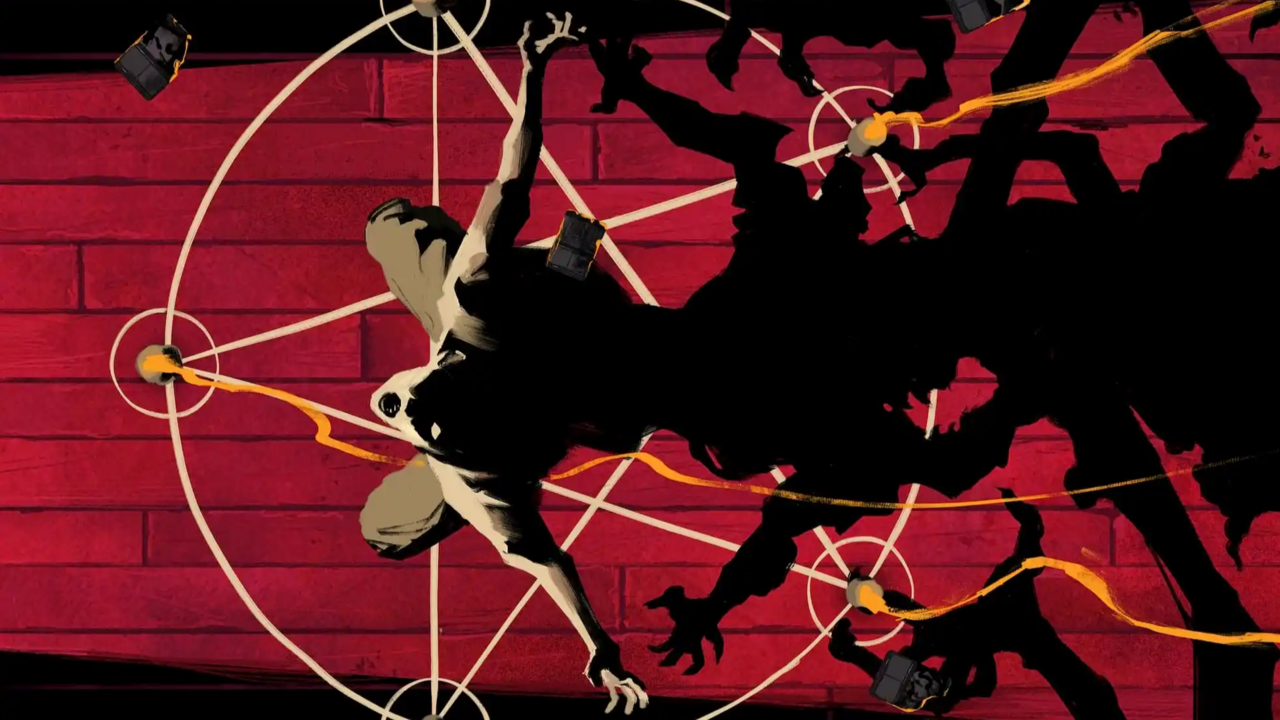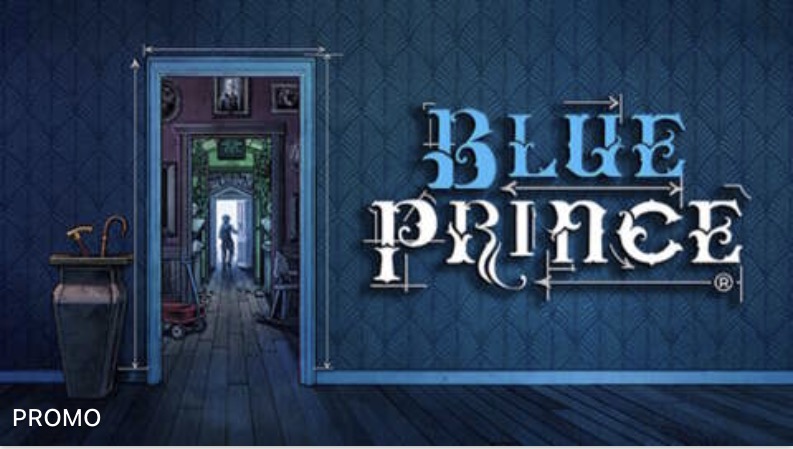Malys is quite the surprise as a follow-up to Summerfall Studios’ first game, Stray Gods: A Roleplaying Musical. Rather than craft another superb choice-driven visual novel with an emphasis on music and Greek myth, Summerfall’s next game is a turn-based roguelite deckbuilder set in a demon-filled city. The tone looks to be far darker and there’s a lot more to the gameplay this time around, but much like Summerfall Studios’ first game, Malys looks like a visual delight and features characters I desperately want to get to know.
“There was an initial question, do we want to do this more as a visual novel, more like Stray Gods?” Summerfall creative director David Gaider told me during an exclusive gameplay preview of Malys. “Because Stray Gods did not have much in the way of gameplay, we wanted to try something that has more gameplay to prove that we’re a studio that can do something that’s fun and still narrative-driven but that has a very strong gameplay loop at its heart.”
In Malys, you play as a former priest turned exorcist named Noah. He’s striving to cross the entirety of a city to reach a major demon waiting for him on the other side, but lesser demons block his path. Each confrontation has a chance of wearing on Noah’s will, and if it is fully depleted, he collapses, only to awaken back at the start of his journey with a time reset. These time loops allow Noah to better prepare for future runs and gain the trust of citizens, but he isn’t the only one who remembers everything that transpires with every loop: A mysterious celestial, a powerful occultist, and a seemingly friendly masked demon are immune to the time rewinds, too.
I desperately wish I could have stolen the controller from Gaider during the hour-long preview and played the game myself–Malys looks very fun, leaning into the type of roguelite deckbuilding formula I’ve come to love in games like Slay the Spire and Inscryption. The gameplay seems pretty intuitive. You need to protect Noah’s will (essentially his health) while chipping away at the health bar of the demon in front of you, with cards pulled at random every turn offering different choices.

“I always liked the idea of a card game as something that builds a story,” Gaider said. “You can think of the exorcism as this little contained narrative–if I’m playing salt cards [to damage the demon] and the compel [cards to weaken it, I’m] building an image in my mind of what is happening during this exorcism. Then, when we add the VO, so that [when] the demon does something and the host cries out, ‘Please help me,’ and then Noah plays a card [that causes] you to hear him [chanting] in the background, ‘I summon the Lord’s minions,’ it is a story… There’s the story you’re being told, and then the card game is a sort of story.”
Further complications add an intriguing strategic element to the gameplay. Each card has a cost to be played, and you can only earn the resource to play cards by burning cards in your hand. Each turn becomes a question of which cards you want to burn and which you want to play, with resources carried over between turns, so you could burn multiple cards and choose to not use the rest of your hand, reserving resources for the next turn. And as much as each demon wants to take down Noah, they’re not above fighting dirty, and plenty of them will attack the mortal host they’re occupying, presenting yet another person you need to protect. If any humans die, Noah’s night gets reset.


More and more considerations get added the further you make it into the city, with options to unlock more cards and artifacts, the latter of which inform passive abilities that Noah brings to the fight, sort of like having a character class. Certain demons hide their true identity, forcing Noah to uncover it first to be able to hurt them–a process that’s aided by the time loop nature of the narrative. As a player, you begin to remember which demons are where and what their weaknesses are, which can make subsequent showdowns easier for you to overcome and inform the direction you take across the city. Another big factor to consider are the three patrons: supernatural individuals who can aid Noah on his quest in exchange for faith (currency). There’s the unnamed Angel, the Witch known as Lydia, and the Collector–a masked demon named Gideon.
“All three of them have a reason why they use faith as their currency system,” Gaider said. “They will take your faith, [and] in exchange they will give you things. The Collector gives you access to the rarest cards that you’re not going to find anywhere else. And [they] can also upgrade your cards. The Witch offers you curios, which are basically [Slay the Spire’s] relics. You get a curio and it can give you modifiers that remain for the rest of your run… [And the Angel is who] you’re going to [if you] need that healing. And there are a few holy-based cards that only the Angel can offer you as well. So there’s a reason to go to all three of them, but they don’t like each other. They’re diametrically opposed to each other, so they don’t like you allying with the other characters. There is an element of [having] no choice that comes down the line, [and that’s] the strategy: You’ve got to work out your path and figure like, ‘Okay, if I go down this left path rather than the right [and don’t meet the Angel], what if I end up in need of healing? That might be an issue.'”
The designs for all three patrons and Noah are as excellent as the reimagined gods in Stray Gods, which makes sense seeing as art director Benjamin Ee has returned for Malys. The bigger surprise are the designs of the demons, which are grotesque monstrosities that look nothing like anything from Stray Gods. If Malys is, as Gaider said, the team’s attempt to prove they refuse to be typecast as a visual-novel studio, I’m convinced. Parts of Malys look like Stray Gods–the designs of the humans, and the focus on choices–but so much of it stands in stark contrast to Summerfall’s first project. I’m sold on the gameplay; here’s hoping the story elements are also pretty good!
Malys is set to launch for PC in 2025.









